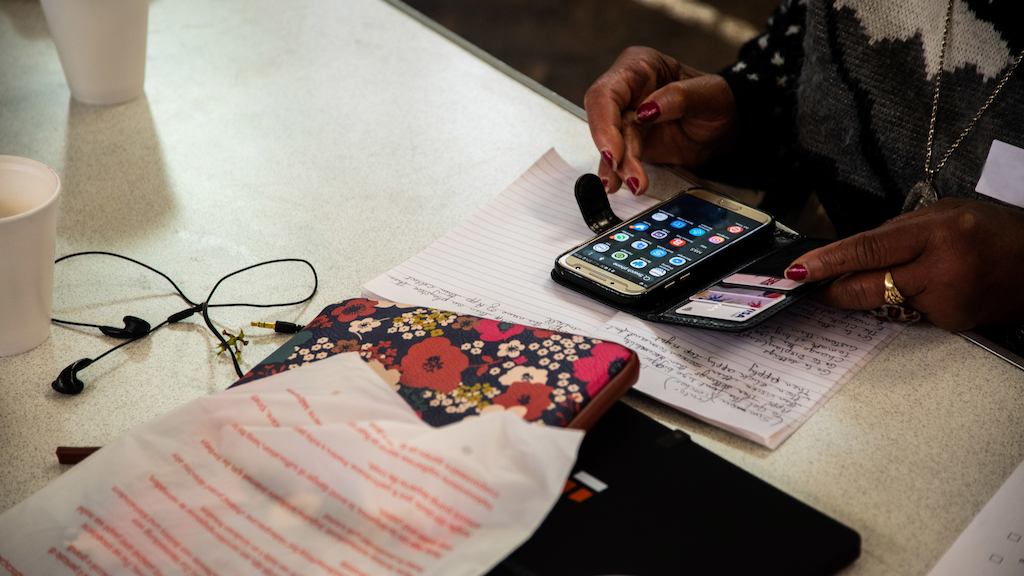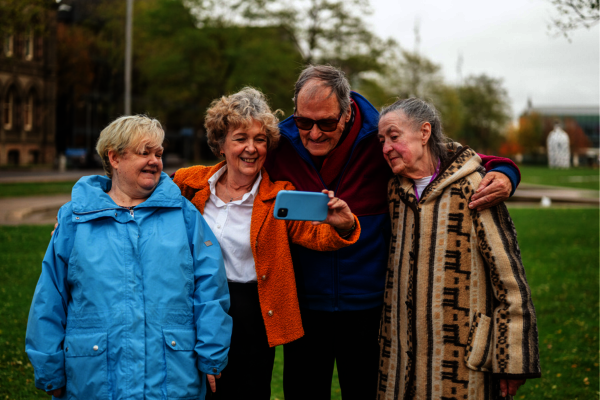Last month I was given a free Google Mini. I was so excited when it arrived: unwrapped the box, downloaded the app, proudly set it up on my kitchen counter and tuned it to listen for my voice.
‘Ok google, put on Taylor Swift’s new song.’ It did. Brilliant device - an evening well spent.
Then, after I had finished cooking and was settling in for the night, I turned off the microphone switch, unplugged the device and left it there. And there it has remained, for the past month. Unplugged and unused.
Why don’t I leave the device turned on like – possibly everyone else that owns one? Because I am paranoid. I have assimilated all of the chatter and news I’ve heard about devices listening in to your conversations and recording what you’re doing, and don’t want to expose my data to ‘the cloud’.
Is my paranoia unfounded? For the most part, probably yes. But that doesn’t stop large numbers of the population falling party to the same fears. In a survey conducted by Accenture last year it was found that one in five people were avoiding voice assistants in their homes, with 48 per cent of respondents believing that technology is always listening to them.


